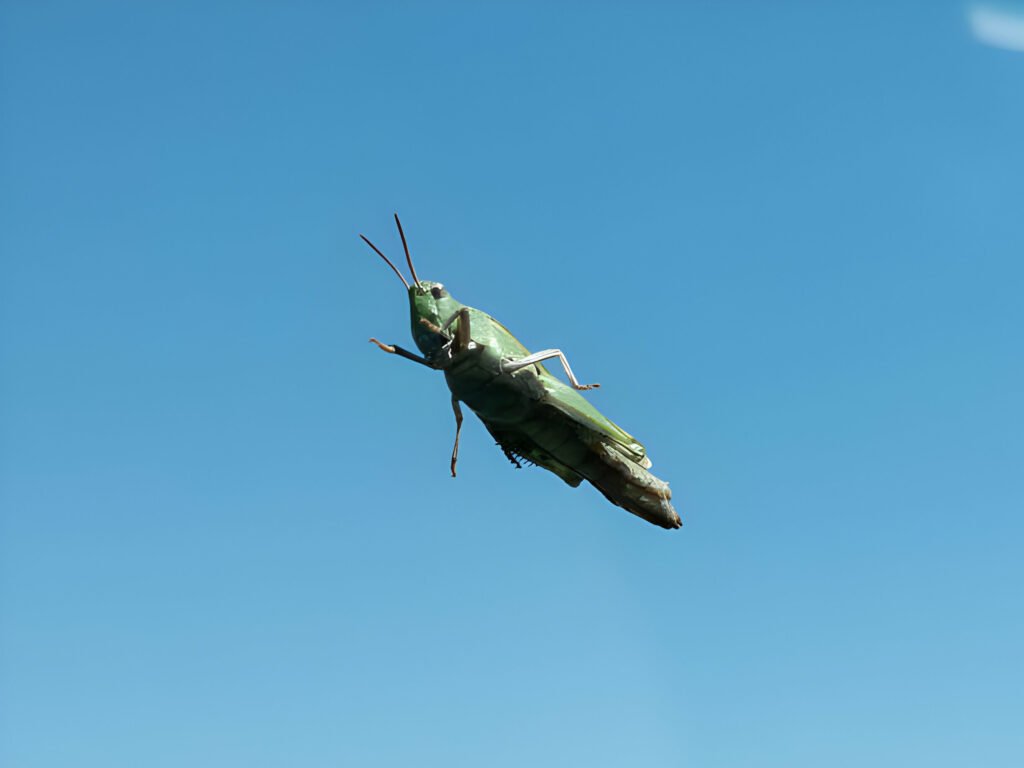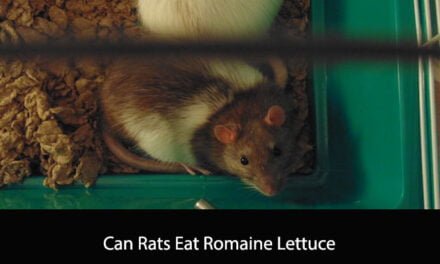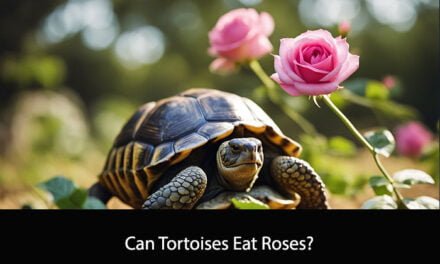Leopard geckos are fascinating creatures that make great pets. They are known for their unique appearance, docile nature, and easy-to-care-for requirements. As with any pet, it’s important to provide them with a balanced diet that meets their nutritional needs. One of the most common questions leopard gecko owners ask is whether or not they can feed their pets grasshoppers that fly.
The answer is yes, leopard geckos can eat grasshoppers that fly. In fact, grasshoppers are a great source of protein for these reptiles. However, it’s important to note that not all grasshoppers are created equal. Some species of grasshoppers, such as the lubber grasshopper, are toxic to leopard geckos and should be avoided. It’s also important to ensure that any grasshoppers you feed your leopard gecko are free of pesticides and other harmful chemicals.
Leopard Gecko Dietary Basics
As leopard geckos are insectivores, their diet consists mainly of insects. They require a balanced diet to maintain their health and well-being. In the wild, they feed on a variety of insects, including crickets, mealworms, and waxworms.
It is important to provide a varied diet to ensure that they receive all the necessary nutrients. A diet consisting of only one type of insect can lead to nutritional deficiencies. We recommend offering a variety of insects, such as crickets, mealworms, waxworms, and superworms.
It is also important to provide gut-loaded insects to ensure that they receive the necessary vitamins and minerals. Gut-loading involves feeding the insects with a nutritious diet before feeding them to your gecko. We recommend feeding the insects with a variety of vegetables, such as carrots, sweet potatoes, and leafy greens.
Leopard geckos should be fed insects that are appropriately sized for their age and size. Feeding them insects that are too large can lead to impaction, which is a potentially life-threatening condition. We recommend feeding them insects that are no larger than the distance between their eyes.
In summary, a varied diet consisting of gut-loaded insects of appropriate size is essential for the health and well-being of leopard geckos.
Benefits of Grasshoppers in a Leopard Gecko Diet

When it comes to feeding leopard geckos, grasshoppers are a popular choice. Not only are they readily available, but they also provide a number of benefits to a leopard gecko’s diet. In this section, we will explore the nutritional value and hunting stimulation that grasshoppers can bring to a leopard gecko’s diet.
Nutritional Value
Grasshoppers are a great source of protein and other important nutrients that leopard geckos need to stay healthy. In fact, they are one of the most nutritious insects that a leopard gecko can eat. Grasshoppers are also low in fat, which makes them a great choice for leopard geckos that are prone to obesity.
Here is a breakdown of the nutritional value of grasshoppers:
| Nutrient | Amount per 100g |
|---|---|
| Protein | 20g |
| Fat | 2g |
| Calcium | 21mg |
| Phosphorus | 168mg |
| Vitamin A | 1,200IU |
As you can see, grasshoppers are packed with protein and other important nutrients that leopard geckos need to thrive.
Hunting Stimulation
In the wild, leopard geckos spend a lot of time hunting for their food. By feeding them live insects like grasshoppers, we can help stimulate their natural hunting instincts. This can help keep them mentally and physically stimulated, which is important for their overall health and well-being.
Feeding live grasshoppers to your leopard gecko can also help improve their agility and coordination. As they chase and catch the grasshoppers, they are forced to move quickly and make sudden movements, which can help improve their reflexes.
In conclusion, grasshoppers are a great addition to a leopard gecko’s diet. They are packed with important nutrients and can help stimulate their natural hunting instincts. Just be sure to only feed them live insects and to supervise them while they eat to ensure their safety.
Considerations for Feeding Flying Grasshoppers
When considering feeding flying grasshoppers to leopard geckos, there are several important factors to take into account. In this section, we will discuss the digestibility of flying grasshoppers, the risk of escape, and the size appropriateness of these insects for leopard geckos.
Digestibility
Flying grasshoppers are generally more difficult to digest than their non-flying counterparts. This is because the wings and legs of flying grasshoppers are more fibrous and contain more chitin, which is indigestible. As a result, feeding too many flying grasshoppers to your leopard gecko can lead to digestive issues such as impaction.
To minimize the risk of digestive issues, we recommend feeding flying grasshoppers in moderation and only as part of a varied diet. It is also important to ensure that your leopard gecko has access to fresh water at all times to aid in digestion.
Risk of Escape
Feeding flying grasshoppers to leopard geckos also comes with a higher risk of escape. Unlike non-flying grasshoppers, flying grasshoppers can easily fly out of the enclosure if not properly contained. This can be a potential hazard for both your leopard gecko and any other pets or people in the vicinity.
To minimize the risk of escape, we recommend feeding flying grasshoppers in a separate container that is securely covered. This will ensure that the insects cannot escape and cause any harm.
Size Appropriateness
When feeding flying grasshoppers to leopard geckos, it is important to consider the size of the insects. While leopard geckos can eat larger prey items, it is important to ensure that the insects are not too large for your gecko to handle. This can lead to choking or other digestive issues.
We recommend feeding flying grasshoppers that are no larger than the width of your leopard gecko’s head. This will ensure that the insects are an appropriate size for your gecko to consume safely.
How to Feed Grasshoppers to Leopard Geckos
Feeding Frequency
When feeding grasshoppers to leopard geckos, it’s important to consider the frequency of their meals. We recommend feeding adult leopard geckos two to three times a week, while juvenile geckos should be fed daily. It’s important to avoid overfeeding your gecko, as this can lead to obesity and health problems.
Preparation of Grasshoppers
Before feeding grasshoppers to your leopard gecko, it’s important to prepare them properly. First, make sure the grasshoppers are gut-loaded with nutritious food such as fresh vegetables or commercial gut-loading products. This ensures that the gecko receives the necessary nutrients from the grasshopper.
Next, it’s important to ensure that the grasshoppers are properly sized for your gecko. Avoid feeding grasshoppers that are too large, as they can cause digestive problems. As a general rule, the length of the grasshopper should be no larger than the space between your gecko’s eyes.
To prepare the grasshoppers, you can either offer them alive or pre-killed. If feeding them alive, make sure they are in a separate feeding container to avoid any potential escape or injury to your gecko. Alternatively, you can pre-kill the grasshoppers by placing them in a plastic bag in the freezer for a few minutes. This will immobilize them and make them easier to handle.
In conclusion, feeding grasshoppers to leopard geckos can be a nutritious and enjoyable part of their diet. By following these simple guidelines, you can ensure that your gecko receives the necessary nutrients and stays healthy.
Alternatives to Grasshoppers for Leopard Geckos
When it comes to feeding your leopard gecko, it’s important to provide a varied diet that meets their nutritional needs. While grasshoppers are a great source of protein, they may not always be readily available or suitable for your gecko’s diet. Here are some alternative options to consider:
Other Insect Options
- Crickets – Crickets are a popular choice among leopard gecko owners and are readily available at most pet stores. They are a good source of protein and can be dusted with calcium and other supplements to ensure your gecko is getting all the necessary nutrients.
- Mealworms – Mealworms are another common option and are easy to find at most pet stores. They are high in protein and fat, so it’s important to feed them in moderation and provide a balanced diet.
- Dubia Roaches – Dubia roaches are becoming more popular as a feeder insect for leopard geckos. They are high in protein and low in fat, making them a great option for geckos that are prone to obesity.
Commercial Diet Supplements
If you’re unable to provide your gecko with a varied diet of live insects, there are commercial diet supplements available that can help ensure they are getting all the necessary nutrients. These supplements come in the form of powders or gels and can be mixed with water to create a paste that can be fed to your gecko.
- Repashy Superfoods – Repashy Superfoods is a popular brand of diet supplement that is designed to provide a complete and balanced diet for geckos. It comes in a variety of flavors and can be mixed with water to create a gel that can be fed to your gecko.
- Pangea Fruit Mix – Pangea Fruit Mix is another popular brand of diet supplement that is designed to provide a complete and balanced diet for geckos. It comes in a variety of flavors and can be mixed with water to create a paste that can be fed to your gecko.
Overall, there are many alternative options to consider when it comes to feeding your leopard gecko. It’s important to provide a varied diet that meets their nutritional needs and to consult with a veterinarian if you have any concerns about their diet or health.
Monitoring Your Leopard Gecko’s Health

As responsible pet owners, it is important to monitor our leopard geckos’ health regularly. Proper nutrition is crucial for their well-being, and it is important to ensure that they are receiving a balanced diet. In this section, we will discuss some ways to monitor your leopard gecko’s health.
Signs of Nutritional Balance
One way to monitor your leopard gecko’s health is to observe their physical appearance. A healthy leopard gecko should have a plump tail and a round body. Their skin should be smooth and free of bumps or lumps. If your leopard gecko appears thin or has a wrinkled tail, it may be a sign of malnutrition.
Another way to monitor your leopard gecko’s health is to observe their shedding. A healthy leopard gecko should shed their skin in one piece, and the skin should come off easily without leaving any patches behind. If your leopard gecko is having difficulty shedding or if their skin appears dull or discolored, it may be a sign of nutritional deficiencies.
Observing Feeding Behavior
Observing your leopard gecko’s feeding behavior is another way to monitor their health. A healthy leopard gecko should have a healthy appetite and should eagerly eat their food. If your leopard gecko is refusing to eat or is only eating small amounts, it may be a sign of illness or stress.
It is also important to ensure that your leopard gecko is receiving a balanced diet. While grasshoppers that fly can be a good source of protein, it is important to vary their diet and include other food items such as mealworms, crickets, and waxworms. Providing a variety of food items will help ensure that your leopard gecko receives all the nutrients they need for good health.
In conclusion, monitoring your leopard gecko’s health is crucial for their well-being. By observing their physical appearance and feeding behavior, we can ensure that they are receiving a balanced diet and are in good health.
Frequently Asked Questions
Is it safe for leopard geckos to consume grasshoppers?
Yes, it is safe for leopard geckos to consume grasshoppers. In fact, grasshoppers are a great source of protein for leopard geckos.
What are the dietary restrictions for leopard geckos concerning insects?
Leopard geckos should be fed a variety of insects to ensure they receive all the necessary nutrients. It is important to avoid feeding them insects that are too large or too small, as well as insects that are hard to digest.
Can leopard geckos eat live flying insects like flies or grasshoppers?
Yes, leopard geckos can eat live flying insects like flies or grasshoppers. However, it is important to ensure that the insects are not too large for the leopard gecko to eat and that they are not carrying any diseases.
What is the nutritional value of grasshoppers for leopard geckos?
Grasshoppers are a good source of protein for leopard geckos. They also contain vitamins and minerals that are essential for their health.
How should grasshoppers be prepared before feeding them to leopard geckos?
Grasshoppers should be gut-loaded before feeding them to leopard geckos. This means feeding the grasshoppers a nutritious diet before offering them to the leopard geckos. It is also important to ensure that the grasshoppers are free of any pesticides or other harmful chemicals.
Are there any risks associated with feeding leopard geckos grasshoppers?
There are some risks associated with feeding leopard geckos grasshoppers. Grasshoppers can carry diseases or parasites that may be harmful to the leopard gecko. It is important to ensure that the grasshoppers are healthy and free of any diseases before feeding them to the leopard gecko.





